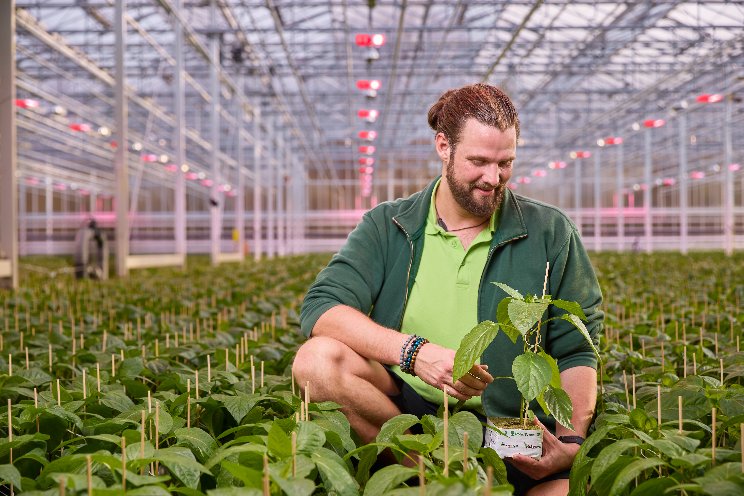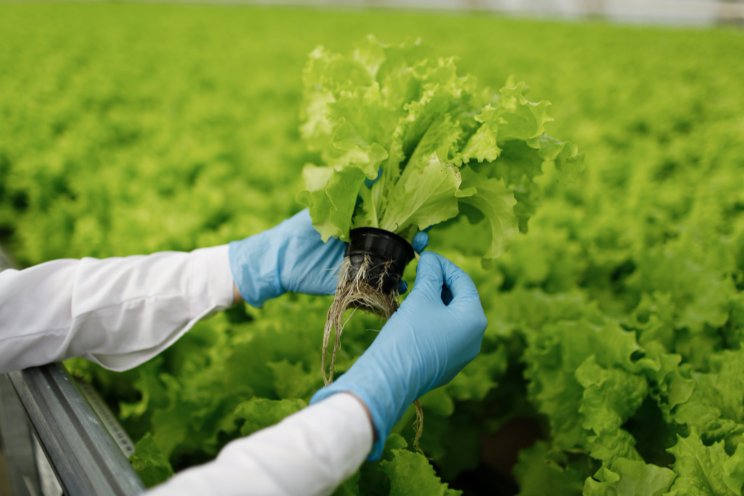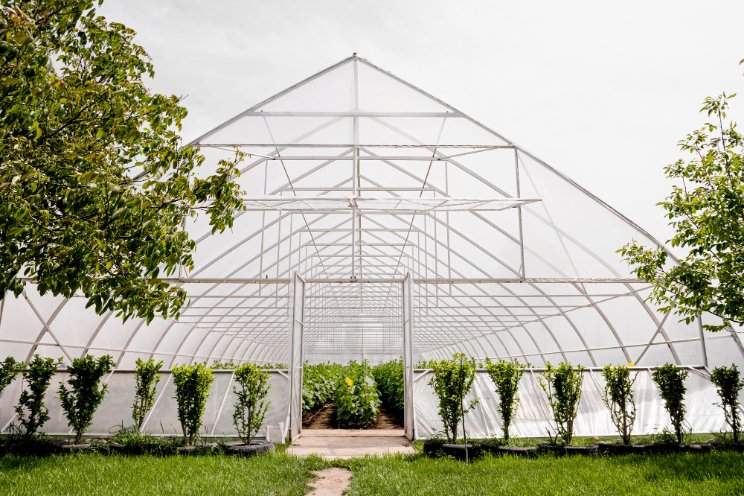7 considerations for optimizing cannabis cultivation
Added on 16 April 2023

The temperature and humidity of your greenhouse or indoor grow space, also needs to be constantly kept within the desired ranges through ventilation, lighting, insulation, irrigation, heating, and cooling systems.
Other than choosing the right growing environment, efficiencies can be improved by integrating and automating all these internal systems and reducing energy costs while producing the high returns from quality crops year-round.
Some of the critical growing equipment choices you’ll need to make will be integral to your actual greenhouse or indoor grow structure, while others will need to be able to move around easily to ensure that your growing space is flexible enough to meet the demands of your business. Here are seven areas to consider when planning your cannabis facility:
1. Cooling
Greenhouse ventilation is one of the biggest influences in maintaining an ideal climate for cannabis cultivation. A reliable ventilation method in many areas is a traditional fan and pad mechanical system—still common in areas that have temperatures and humidity conducive to evaporative cooling.
These systems will exhaust the warm air through fans and provide a cooler environment by pulling air through a wet wall and lowering the outside air temperatures. The wet wall is covered by a motorized vent or shutters.
The ventilation process involves horizontal air flow moving throughout the greenhouse from the evaporative pads to the exhaust fans. Fan cooling produces air flow through and around the plants, which reduces disease and assists in the growing process.
Natural ventilation allows for an inexpensive method of cooling. With the use of roof vents, the clear opening to the sky quickly allows the hot air to escape, similar to a chimney.
Side inlet vents and shade curtains lead to temperatures lower than outside temperatures. Natural ventilation may not maintain the required temperatures for good plant growth during the hottest times of the year.
Positive pressure cooling (an alternative to fan and pad cooling) pushes air through an evaporative cooling system, which forces the air into the greenhouse.
Exhaust vents must be designed to allow air pressure to stabilize while still creating higher air pressure inside the greenhouse than outside. Due to this internal air pressure, insect infiltration through greenhouse openings is further restricted and must be taken into account.
2. Heating
One traditional method to heat greenhouses is with overhead gas-fired heaters, which blow warm air into the greenhouse environment. The heated air is then mixed throughout the greenhouse by use of horizontal air flow (HAF) fans to circulate heat to the needed areas within the greenhouse. These heaters are highly efficient, considering the inexpensive capital cost, ease of installation, and long product life.
Hot water radiant heat can be used in combination with an overhead heating system or as a standalone system. This efficient hot water system places the heat closer to the plant through piping under the benches or embedded in the greenhouse floor.
Photo by Terre di Cannabis on Unsplash
More news















